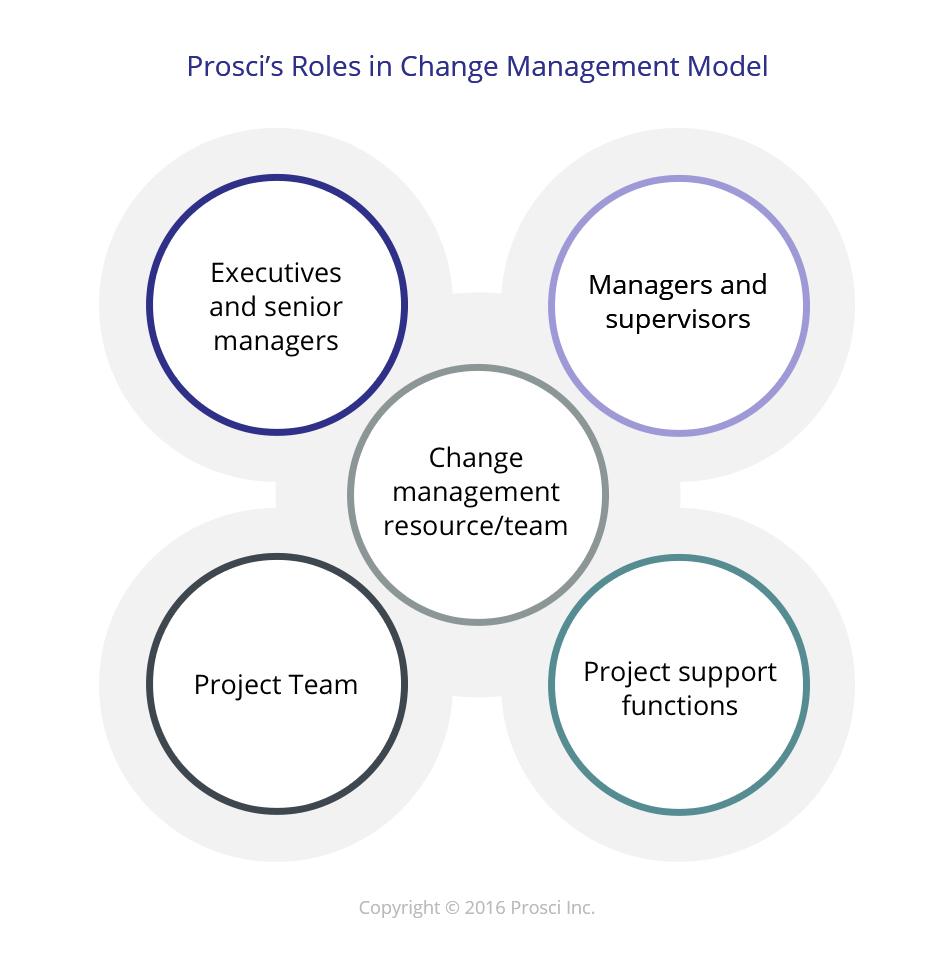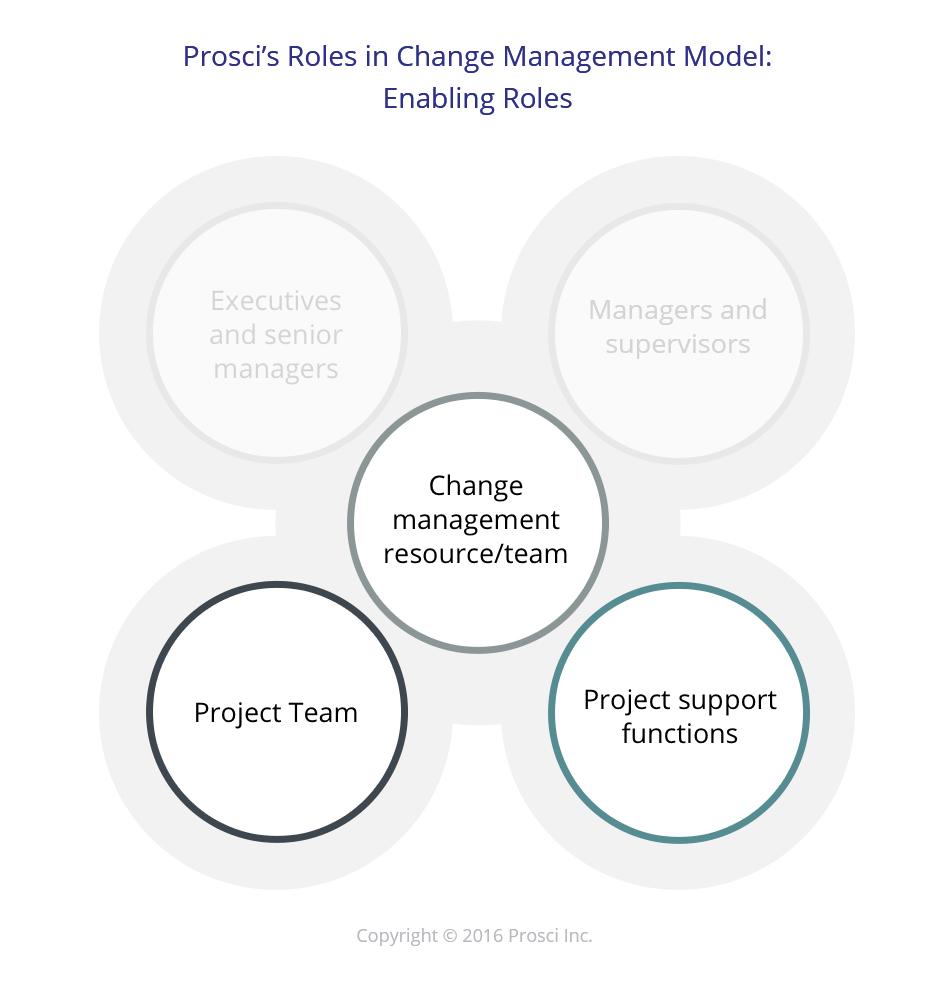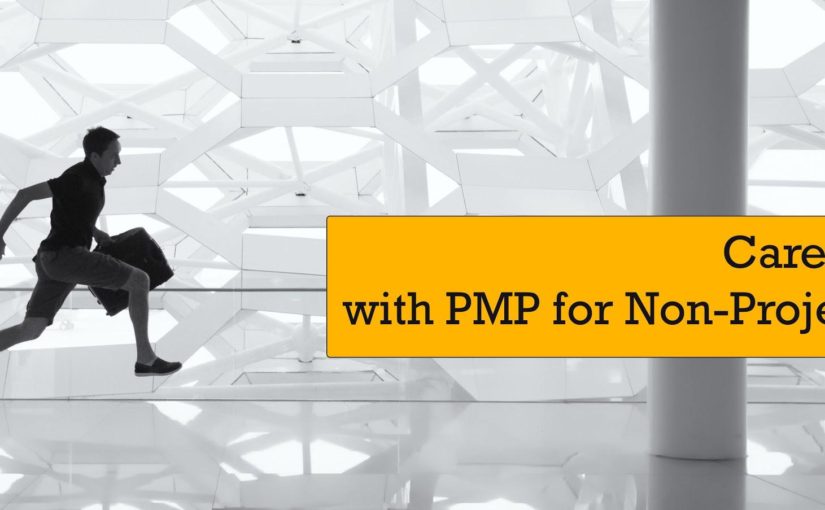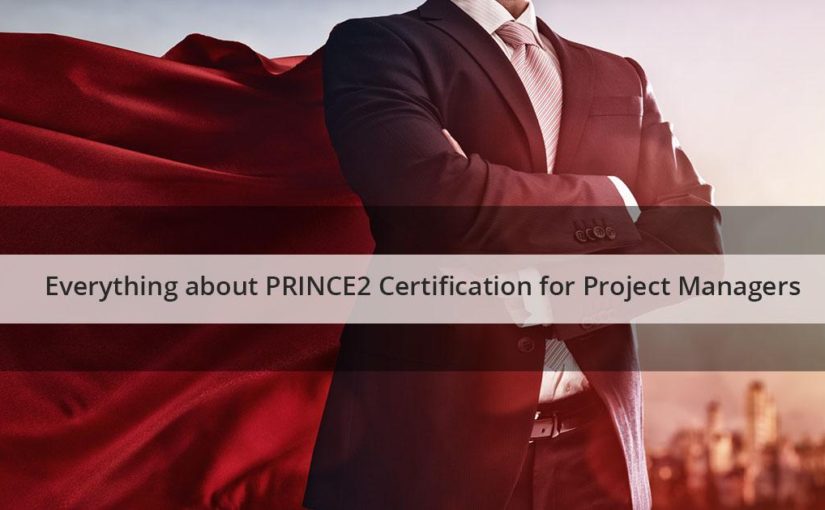5 Key Project Manager Roles required for Successful Transition in an Organization
Category: PMP, Prince2 Posted:Mar 16, 2017 By: Alvera Anto
The eventual objective of transitions in an enterprise is to drive organizational results by increasing employee engagement and inspiring innovation within the team. Irrespective of it being a system, job role, organizational restructuring or process, or even all of the mentioned aspects, a project can look at success, only if its employees are individually willing to and will change their daily behaviors and start executing daily project tasks in a brand new way. This basically forms the core of a transition in an organization.
A brand new system for the personnel in an enterprise will bolster employees in executing this transition. Managing change actually, depends upon coordination of action takers in an organization all functioning in sync and fulfilling distinct roles. This applies from top management, right down to the executive level employees.
We are looking at five key roles that are central to change management and transition in companies:
- Change Management Resource/Team
- Executives and Senior Managers
- Managers and Supervisors
- Project Team
- Project Support Functions

Image source: www.prosci.com
Change Management Resource/Team
Dedicated change management resources are essential to an organization as stated below:
- Surveys and statistics show an undeniable strong connection between a change initiative’s success and the extent to which the people side was managed. Statistics show that change projects with brilliant change management are six times more probable to achieve project objectives and outcomes.
- Dedicated resources for change management were the third overall greatest contributor to success according to leading research.
- Such dedicated Change Management Resources concentrate on and keep track of change management activities. They serve as a point of responsibility and accountability. When budgets and schedules are pushed to the limit, change management activities are frequently prioritized last if no dedicated resources are available.
Register for Free Live Webinar for PMP
What the change management resources must do:
- Implement structured change management methodologies
- Instead of operating in a just-in-time style, the dedicated change management resources approach change management with purpose and intent.
- Formulate Strategy
- They analyze and assess the size of a change and who will be affected. Post which changes management resources would develop a customized and strategy scaled to the requirement for managing the people or personnel side of the initiative.
- Develop plans
- Based on the strategy work, the team would create a tailored set of plans for moving people forward, including a sponsor roadmap, communication plan, a coaching plan, resistance management plan and a training plan.
- Support other roles
- The change management resource is the coach and the point of contact responsible fo ensuring success with the other roles essential to change management.
Executives and Senior Managers
Why executives are important?
- The senior leader was cited as the first contributor to change management success in terms of active and visible participation
- Since employees want to see and hear the executive’s commitment to the change. The authority they provide carries over to other change management roles.
- Effective sponsorship is a reasonably accurate forecaster of success or failure on the project.
What executives must do?
- Actively and visibly participate throughout the entirety of the project
Sponsors must be present and seen by employees from start to finish. Active and clearly visible project participation is of paramount importance.
- Build an alliance of sponsorship to manage resistance
The sponsor alliance refers to the set of influencers and leaders who will inject the change with credibility and high priority. This should extend right down to the workgroups, divisions and department. The responsibility to build and sustain a healthy sponsorship alliance lies with the primary sponsor here.
- Communicate directly with employees
Employees undergoing changes in the organization will want to hear the business reasons for the change directly from the top management.
Learn PMP from Industry Experts
Managers and Supervisors
Why the managers and supervisors are important:
- When it comes to managers and supervisors the proximity to the work at hand with respect to project tasks is close. It is the work team under such managers and supervisors who should carry out their tasks at work for the change to work. Managers are known to be the recommended sender of change messages about the personal impact a change will effect on their team peers.
- Organizational changes can be broadly classified into two kinds, mainly top-down or macro changes and micro changes. The top-down changes are initiated by senior management and leaders whereas micro-changes consist of responses to everyday demands from suppliers and customers. Supervisors and managers are supposed to support their employees through both these types of changes.
- As the adage goes- “Work culture trickles down from the top management in any organization”. This means the attitude of a manager and his actions will show up in his or her people. If the manager supports the change, the team will display an attitude and work ethic to match and the converse of this is equally true.
What managers and supervisors must do?
The five roles of managers and supervisors during change are:
- Communicator
Employees in the organization will prefer to hear missives about how the change will directly impact them and their team from the person they report to. This will instil confidence and trust in the employees regarding the needed change
- Advocate
A team will take on the example of its manager when it comes to attitudes towards organizational changes. If a manager is opposed to a change it will reflect in his team’s attitude as well. This leaves the responsibility of checking whether the manager is on board with a particular set of changes with the change management team. The change management team must consider advocating the change with the manager or the supervisor as the very first step in implementing the change in the enterprise. Only then can the change be fulfilled by the managers.
- Coach
Helping employees through their own personal transitions forms the core of change coaching conducted by middle managers and supervisors in the organization.
- Liaison
The liaison role consists of interacting with the project team, taking direction and providing feedback.
- Resistance Manager
Research and statistics show that the most effective intercession to mitigate resistance comes from the employee’s immediate supervisor.
Project Team

Why the project team is important:
- The project team is tasked with managing the technical side of the change. In the end, they are the people who design how things will be done differently than they are today.
- Without direction and management, the technical side of the project will not move forward.
- The project team also plays a role in ensuring that change management is part of the project by providing the appropriate resources (budget and personnel) and time.
- Change management will be most effective when it is pulled in at the launch of the project.
Attend Free Live Webinar for Prince2
What the Project Team must do:
- Design the actual organizational change or transition
The project team creates the solution that in the end affects how people execute their tasks at work.
- Manage the technical aspects
Tools like the schedule, charter, work breakdown structure, business case, budget, resources, and more constitute the technical aspect of the organizational change. It is with this that the project team moves the technical side of the change forward.
- Engage with the change management team/resource
Working with the change management resource or team, the project team makes sure that the technical aspects and the people side of the change move ahead in sync with each other.
- Integrate change management plans into the project plan
By beginning change management at the start of the project and designing the change management strategy and plans into the technical side plans, the project team creates one seamless project plan.
Project Support Functions
Why project support is important:
Project support functions bring expertise in a particular area. These groups include:
- Organization Development staff
- Training specialists
- Internal Communication specialists
- Subject matter experts
- Human Resources Business Partners
- Business analysts
These complementary functions, greatly improve the implementation of change management activities with interdisciplinary best practices and help to regulate strategic alignment in the broader organizational context.
In some cases, staff from these project support functions might serve as the change management resource role.
What the project support must do:
- Incorporate experience and expertise
Project support functions bring experience from past changes which can be readily applied to the current change at hand in the organization.
- Contribute knowledge
Each of these groups has specialized knowledge acquired over time that can help the project team and the change management resource or team.
- Offer tools
Each of the areas brings custom tools that bolster change management activities and processes. Personnel in support roles need to make sure their tools are implemented in accordance with best practices of change management.
Employee-Facing vs. Enabling Roles
In the sections given above, mentioned are the key roles of the various acting personnel involved in creating changes successful in any organization. In the roles given, two have direct contact with frontline employees affected by the change while three of the roles do more of their work behind the scenes.
Know more about PRINCE2 Training Industry
Employee-facing Roles:
Supervisors/Managers and Senior Executives are the two functions in the Change Management context that interact directly with individuals who need to change. They are the visible actors on the change stage, to affected employee groups. They also coach and support teams through their transitions, deliver communications and represent the future state of the organizational change through one-to-one interactions and one-to-many interactions. It is also important to note that these two roles are the only employee facing roles in the Change Management ecosystem, mainly because these are the only staff that employees will want to hear from.

Image source: www.prosci.com
Enabling roles:
Project Teams, Change Managers, and Project Support Functions aid and promotes change. These three roles in change management create and coordinate the plans that are executed by the employee-facing roles within the business. They are the teams who operate off-stage to make the project successful. The reason why these three roles are not employee-facing in the times of organizational change is that employees don’t know who they are and don’t care about what is to be said from their side.

Image source: www.prosci.com
Implications of employee-facing and enabling roles
What we can infer from the two types of roles mentioned above is that change management, that is central to organizational transitions, should come to fruition through influencing and coordinating many different actors (people/employees taking action). A case in point would be changing managers who can be picked out from within the members of a project team. In this case, the work is mostly done by others in the team. Change managers are more of enablers who create plans which are easy to implement. Also, they shape the success of the executives, senior leaders while implementing them.
Conclusion
While the process of initiating and seeing an organizational change to fruition may seem complex, the underlying principle is simple and straightforward. Any organizational change that has to be implemented in an organization, will see success only at the hands of the employees with the facilitators such as change managers and project managers acting as guides for the same. With a good degree of communication, collaboration and coordination organizational changes and transition can be implemented on every level of the enterprise.
You may also like to read : Career Prospects with PMP for Non-Project Managers





 99999999 (Toll Free)
99999999 (Toll Free)  +91 9999999
+91 9999999